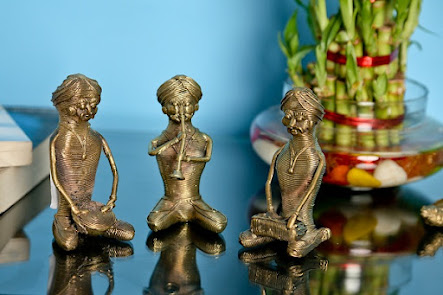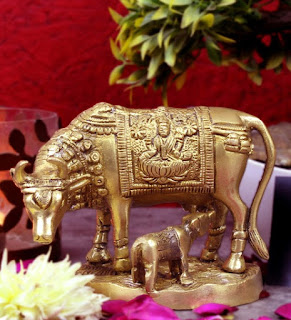5 Statues and Sculpture to Ornate your Space Intricately
Statues & sculptures are a unique and spectacular form of fine arts, creative skills, and polished work that can always touch the high sky of ornamentation and decors in interior spaces and at the exteriors. They are the art pieces that are perfectly suitable for every kind of interiors, whether it is a formal work area (hotel lobby, reception, office cabin, hospital spaces, restaurant counters or corners, etc.) or informal residential space like living room area, kitchen, bedroom, family room, balcony, gallery, etc. Bronze wall sculpture manufacturers accommodate them in the vacant spaces and starving for the natural beauty of art and polished skill. Placing statues and sculptures is an art in itself, and it needs a kind of good knowledge to apply.
Tips for the perfect
placement of statutes & sculptures at your interior and exterior spaces:
· Room size matters the most for installing any small, big, or medium size statue or sculpture. Bigger rooms have a better appetite to accommodate any big or medium size statue or sculpture. At the same time, small rooms look nice with small art sculptures.
· Furniture placement, furniture size, texture, material do matter a lot. Sculpture and statues need to blend in thoroughly with your present interior designs and decors. If they don’t match well with the current scenario and décor, they are considered an imposed design.
1.
Annapurna
Mata with Ring
The Annapurna Sahasranam is dedicated to the goddess and praises her one thousand names, while the Annapurna Shatanama Stotram is dedicated to her 108 names. Annapurna combines two words- ‘Anna’ meaning food and ‘prune meaning ‘filled.’ Annapurna is the goddess of food and the kitchen. She is an avatar of Goddess Parvati, who is the wife of Lord Shiva. She is the goddess of nourishment and never lets her devotees stay without food. She is also considered to be the brass export from India of Kashi in Uttar Pradesh. Kashi, or Varanasi, is called the city of light as the goddess provides nourishment to the body and provides nutrition to the soul in the form of enlightenment. She gives us the energy to attain knowledge.
2.
Garuda
Sitting On Base
Garuda is a bird creature from Hindu mythology that has a mix of an eagle and human leaders. He is the vehicle (vahana) of Vishnu and surfaces on the god's banner. Garuda signifies birth and heaven and is the opposition of all snakes. In Indian art, Garuda steadily earned extra-human figures over the centuries and supported his wings. Top Gift Corporate Brass Wholesalers, however, he grasps even now the exceptional talons and vicious-looking beak of a bird of prey.
3.
Nandi/Bull
Sitting On Base
Nandi (also Nandin) is the sacred bull calf, gatekeeper, and vehicle (vahana) of the Hindu god Shiva. Sculptures of Nandi are a common sight at Hindu temples committed to his master. He is somewhat stable for the Hindu worship for living bulls even today, especially in Uttar Pradesh.
4.
3
Faces Lord Shiva Behind Parvati
These represent Shiva's five aspects: Sadyojata, Vamadeva, Aghora, Tatpurusha, and Ishana. A four-faced linga is also said to represent the five aspects of Shiva; the fifth aspect is the center, the shaft itself, or is assumed to be emerging from the top of the post and denotes the formless Handicraft Brass Gift Item.
5.
Laughing
Buddha
Laughing Buddha, as we all recognize, produces good luck, peace, and excess in one's life. It depicts the abundance of whatever one wishes for – wealth, happiness, or satisfaction—usually described as a stout, laughing. Laughing Buddha, as we all know, brings good luck, contentment, and abundance in one's life.





Comments
Post a Comment